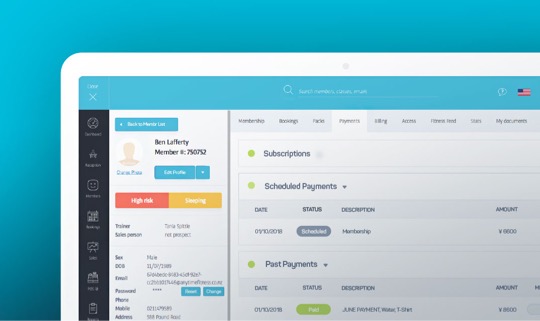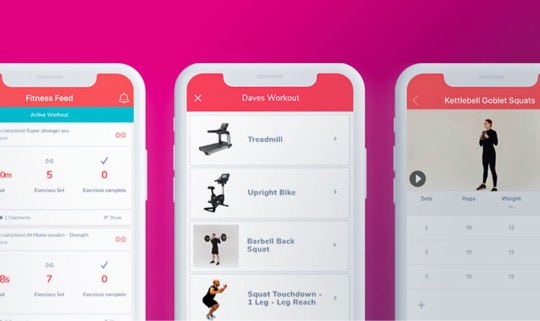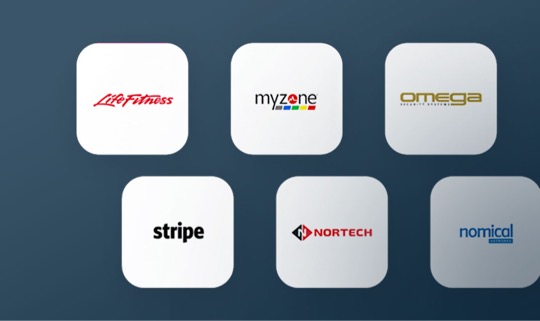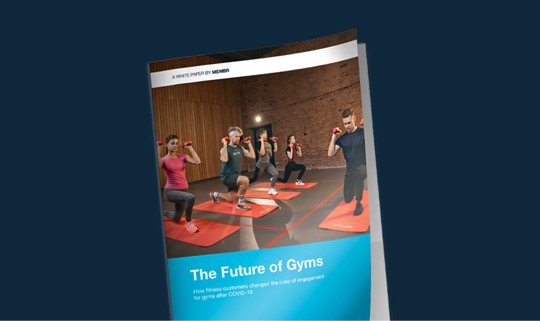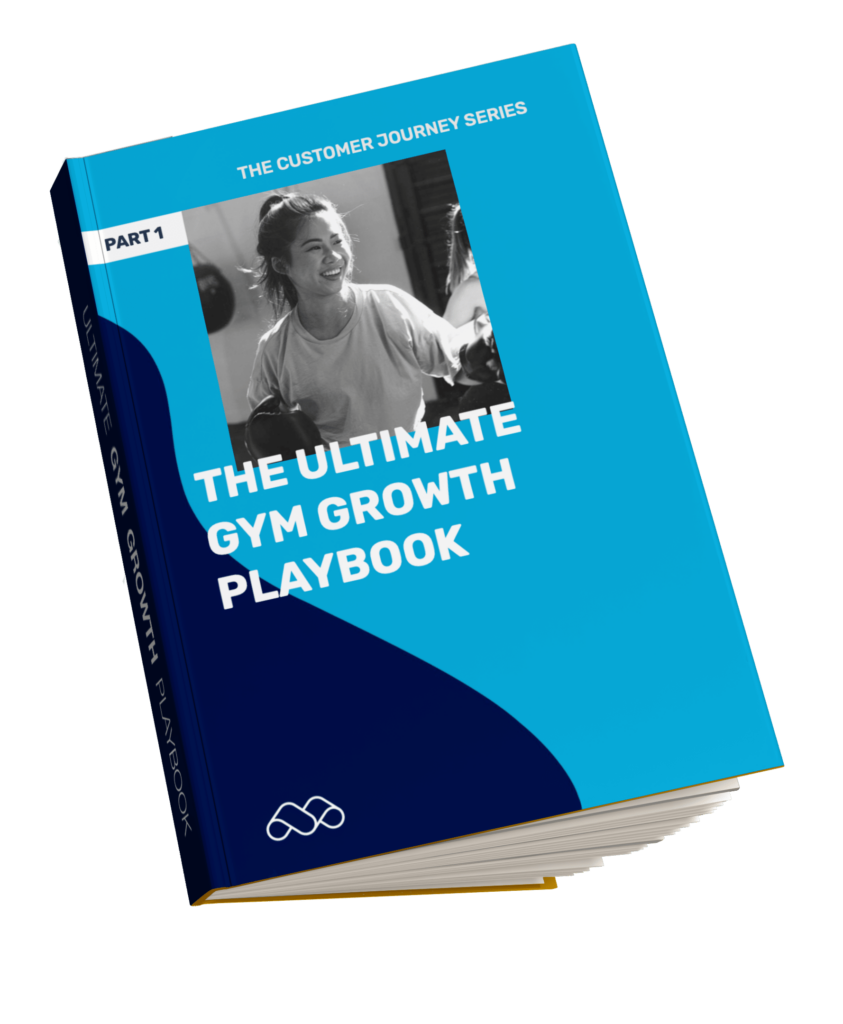Opening a new gym can be equally exciting and stressful. The right gym software can help you eliminate some of the stress!
Opening a new gym is an incredibly exciting time. The realisation of many years of ideas and conversations have all led up to the moment the doors swing open and members step in.
This can also be an incredibly challenging time, having to juggle suppliers, landlords, legals and many more responsibilities.
But you don’t have to say goodbye to your personal life just yet. With the right partners, including your gym management software, opening a gym becomes a lot less stressful.
Here are the 5 key challenges we have found gym owners will face when looking to open a new gym:
- Concept
- Location
- Supplies
- Staff
- Members
Let’s look into each challenge individually and our tips on how to navigate through them with more ease.
1. Concept
“What is my gym going to offer?” may seem like an obvious question, but it’s one that needs a lot of attention.
Many people looking to open a gym will have a very clear vision for the type and style of gym they want to open. This vision is often shaped by working in the fitness industry for many years, either as a PT, gym manager or another role giving them experience of other facilities and cherry picking the good points while re-shaping the perceived negatives.
While this is a great starting point, it is by no means fool-proof. Even an owner with a very clear vision will second guess themselves as launch approaches.
“Is this actually what people want?” is a common thought as you move through the process.
Some new owners may not have a clear vision at first. They may just know that they want to work in the industry and own their own facility, without focusing too much on what they want their club to offer to potential members.
When you don’t have a clear vision, you run the risk of not defining a clear offering, which might lead to confused prospects who aren’t sure what to expect and therefore aren’t sure if they want to buy a membership with you.
No matter which of these camps you fall into, our experience suggests that spending as much time as possible in as many different types of gyms as possible is the best way to narrow your membership offerings.
Physically attending a gym is the best way to experience the nuances each individual club offers.
If you have the opportunity, also consider visiting gyms abroad too. Facilities in different countries can differ hugely in their fitness offering when it comes to the member experience. Borrowing ideas from clubs abroad into your own club is only going to be a positive, because it’s going to set you apart from the competitors in the local market.
2. Location
We’re going to discuss what may seem like another obvious point, but this is arguably the most important factor when opening a new gym. As Kirstie & Phil would say…Location, Location, Location!
Whether you’re looking to lease a premises or perhaps buy a site of your own, there are many challenges that come with finding the right location for the gym.
First port of call is to understand the potential areas you’re considering for opening your new club and then researching the demographics of the area (population numbers, age brackets, affluence, transport links, to name just a few). Your concept will have a big impact on the location you are looking for.
New gym owners often have many of the key areas outlined, such as concept & equipment, but overlook some of the more mundane, admin-heavy tasks. When going through the process of finding the location for your gym, there are numerous legal and admin tasks, which often get overlooked. If not planned for in advance, they can delay timeframes considerably.
We would always advise inexperienced gym owners to align themselves with someone who has experience in the industry to navigate a lot of the pitfalls that come with trying to find the right location for you gym. Having legal representation in place prior to picking the gym will help speed up the process from a legal standpoint.
3. Supplies
Once you’ve got your location picked out and secured, it’s time to think about what’s going to fill your new space.
Equipment, access control, lockers, IT systems, lighting, flooring & security systems are just some of the things that need to be considered in order to get your gym off the ground.
Many of the supplies you will need to procure for the gym will be influenced by the concept you are looking to provide.
Across the industry there are hundreds, if not thousands of suppliers of the core elements needed to open a fitness club.
How do you pick between one or another? The short answer is there’s no right answer.
Spending time in other clubs can be of assistance to you. What we mean by that is actually using equipment already installed in other gyms will give you a good understanding of the quality, the durability, the finish and the member experience.
Visiting clubs and understanding their access control measures will inform how you want to operate this side of your own facility. Time spent in other gyms cannot be underestimated in helping you form your own decisions about your new club.
With delivery lead times currently some of the longest we’ve ever seen, there is no such thing as too early to start planning.
In order to avoid a situation where the gym is ready to open, but the chest press hasn’t been delivered yet, we would advise to begin reaching out to the various suppliers as early as possible. This also gives you time to work with the companies you’re going to partner with to shape the vision for the gym and take your time with the smallest of details.
A rushed job will be noticed by the members come opening day!
4. Staff
Any business is only as good as the people within it.
Having the best concept idea in the world is great. So is having a prime location and the best in class equipment and facility. But if the people running your gym day-to-day are not right, ultimately this will all be in vain when it comes to member retention.
Recruitment has always been a challenge for gyms, but since the pandemic this problem has been inflated with people retraining and relocating among other factors.
It is first important to understand which roles need to be filled. From gym managers, personal trainers and front of house staff to your sales and marketing team, your staffing structure will largely depend on your budget.
Nailing the member experience is critical to your success, especially in this day and age with heightened competition for a small pool of gym-goers.
Your staff are the people who will interact with your members from the time they register their interest in joining through completing key milestones as part of their member journey, such as completing their first fitness programme and submitting their first referral.
You can, of course, look to recruit staff yourself. However, we would recommend to use the services of industry specialist recruitment companies, such as Love Recruitment. Partnering with a company with many years of experience and connections in the industry can often lead to better and much faster results in the hiring process.
5. Members
All of the points above are crucial areas in order to get your gym ready for opening, but it’s essential that you think about the member experience at all times.
It is one of the key questions when opening a new gym: “How am I going to get people through the door?”
The pre-sale period is crucial for ensuring you can open the gym with a solid membership base. Too often we see gyms not leaving enough time for a comprehensive pre-sale to generate brand awareness and initial interest. A minimum of 2 months is what we would recommend.
Your pre-sale period is also the time when you want to ensure your membership management system’s in place and ready to assist you in this process of nurturing prospects and converting them into new members for the club.
What to look for when choosing a gym management software? A sign up process that is easy and convenient for potential customers, and functionality that gives you enough flexibility to track, schedule and measure all prospect and member activity.
If you have little or no experience in a gym pre-sale, we would also encourage operators to partner with specialist companies to assist during this time. They will help you put together a social media strategy, video content, email & SMS campaigns and assist you in understanding your audience better, so that you know what language to use to get the best results with your ongoing marketing efforts.
Getting your pre-sale right will give you a huge advantage in securing long-term success.
👉 Continue reading: 5 Ways to Use Your Gym’s Software Better
Marcus Eaton 👋
HEAD OF GROWTH
With over 10 years of sales experience, Marcus is passionate about connecting with people who want to make a difference in the fitness sector. With a strong competitive spirit and a true talent for problem solving, Marcus is always up for a challenge. In his free time, he can be found playing rugby and exploring the world, one country at a time.
